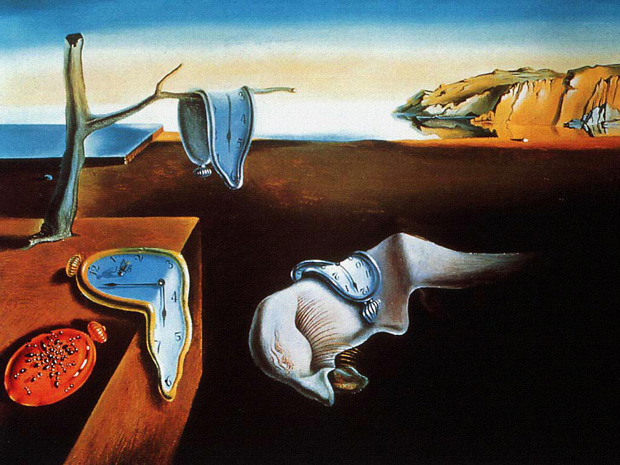

It is possible to recognize a human figure in the middle of the composition, in the strange " monster" that Dalí used in several period pieces to represent himself - the abstract form becoming something of a self portrait, reappearing frequently in his work. It epitomizes Dalí's theory of 'softness' and 'hardness', which was central to his thinking at the time.Īlthough fundamentally part of Dalí's Freudian phase, the imagery predicts his transition to the scientific phase, which occurred after the dropping of the atomic bomb in 1945. The well-known surrealistic piece introduced the image of the soft melting pocket watch. Over two or three hours he added in the melting pocket watches which made this the iconic image it is today. He went back to the unfinished painting he had been working on, which had a plain landscape with rocky cliffs in the background and a tree on a platform. That night, while he had been searching his soul for something to paint, he had a dream of clocks melting on a landscape.

After his meal he noticed some half eaten Camembert cheese and how runny it had become on account of the heat of the sunny day. He was at home with a headache while Gala was out shopping. The original idea of this painting came to Dalí on a hot summer's day. It is currently displayed in the Museum of Modern Art (MoMA) in New York City, where it has been since 1934. The painting has also been popularly known as Soft Watches, Droopy Watches, or Melting Clocks. La persistencia de la memoria ( 1931) or The Persistence of Memory is the most famous painting by artist Salvador Dalí.


 0 kommentar(er)
0 kommentar(er)
